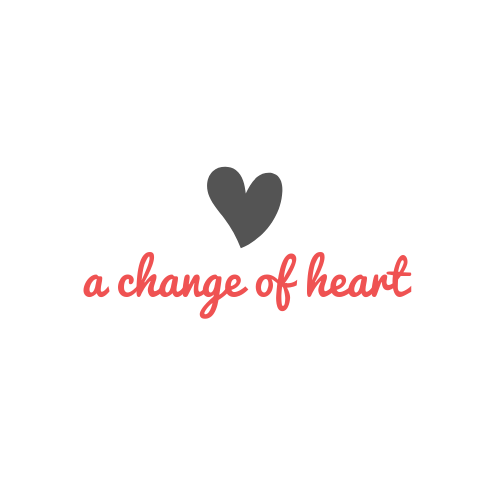Dyspnea
I was settling into a 24-hour hospital shift on a cold day in mid-December, 2018. I was talking to my patient, trying to convince him to stay in the hospital. He was having an asthma exacerbation and wasn’t breathing very well. There was an obvious pneumonia on his chest radiograph, and he was requiring extra oxygen to breathe. He didn’t want to stay. He had to go home to his daughter.
During my physical examination, I started coughing and excused myself. “Doc, maybe you need to stay in the hospital instead of me, that cough doesn’t sound too good.”
Cough. We laughed about it. I left the room. Cough. I went and examined my next patient.
Cough. I got myself various medications to help with my congestion, cough, and runny nose. And then I convinced my resilient self that they were working.
A few days later, one of my supervising doctors (side note: in training, we call them our “attending doctors” and they are our educators, role models, mentors, and lifesavers) noticed the symptoms. “Why are you so dyspneic?” she asked. Cough. Shrug.
Dyspnea was a frightening term to hear. It translates directly to “difficulty breathing,” stemming from the Greek words dys (“ill”) and pnea (“breathing”). Nobody wants to be dyspneic.
I chalked it all up to a “bad upper respiratory infection” that I was having— I’d get it checked out. The following morning, I called and made an appointment with my primary care doctor for an office visit in a few weeks.
I was going to be okay. For the next three days, I worked hard and continued to see my patients. I wrote out clinical case reports, & reviewed medical board questions. I went out with my friends, read my books, and continued to have my fun. Normal life things!!
Cough.
There’s a part of this story that I only remembered in retrospect, and it “says a lot about me” (according to my close ones). I recall taking the subway to work and having difficulty going up the stairs without getting short of breath. Because I had stopped so suddenly to catch my breath, I pretended that I wanted to snap a photo in the middle of the staircase, so that the people behind me wouldn’t ask if I needed help. It ended up being a beautiful photo of the tiled subway walls, but a picture is worth a thousand words...
Dyspnea is almost always a bad sign, and I was getting worse.
(Disclaimer: these symptoms worsened in a very short time period. I strongly urge AGAINST waiting a month to see your doctor if you are becoming dyspneic. Please use our emergency departments to get checked out if you can’t make an appointment soon enough— we are happy to help you.)
The next day was a blur, and the details will eventually surface throughout my stories. But let’s flash forward to me being forced into realizing that I needed to get evaluated by a physician. I walked into our emergency department, backpack in hand. There I was, scurrying around as a frightened, anxious patient in the Emergency Department and not as a young, confident Emergency Department doctor. Those around me said that I looked terribly sick. I was pale. I wasn’t breathing well. And how did all of this happen so quickly?
My preliminary imaging and work-up was pointing to an infection of some sort. I was young and healthy otherwise, and the symptoms were abrupt in onset.
But we have these sayings in Emergency Medicine that we follow religiously. Passed down by the generations of The Great Emergentologists that came before us...
“Young people are able to compensate well... until they’re not and they’re crashing.”
With a pale, sweaty complexion, a heart rate in the 140s (normal being between 60-100 beats per minute), blue lips, and a respiratory rate in the 40s (normal being less than 20 breaths per minute), I was admitted to my own beloved second home— my training hospital, with my friends and colleagues around me for support. But for the first time ever, I didn’t want to be there. I was afraid of what was going to happen.
Ironically, I spend hours daily convincing my own sick patients to stay because I care about their well-being. I never understood the hesitation that they had until this moment in my life. The denial that they are sick. The fear of the unknown. Cough.
The rest of the details come later, so stay tuned.
To end this post, I call this photo (taken the day before I was hospitalized), “Dyspneic in the Subway.” I know, my humor can be so dry sometimes.
Dyspneic in the Subway
Philadelphia, PA || December 2018

